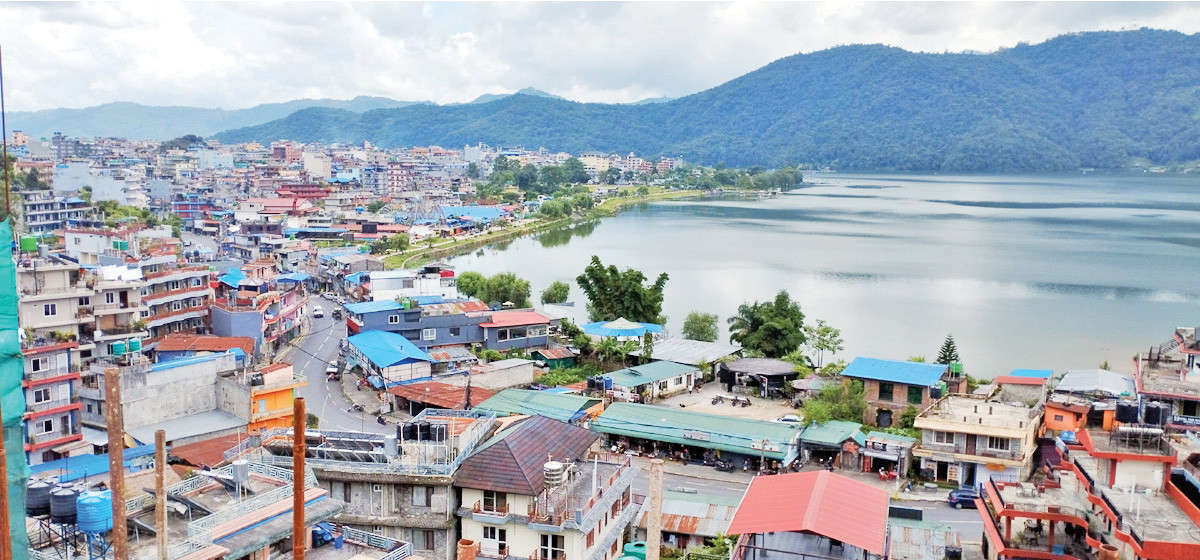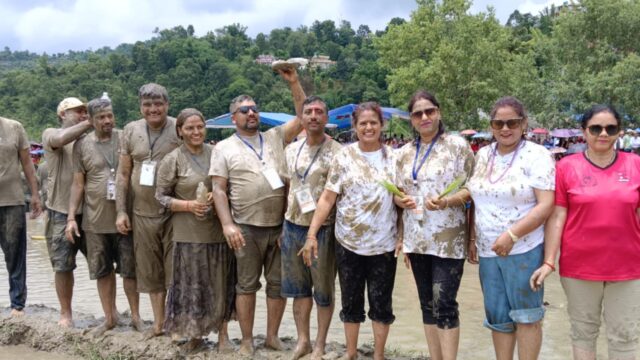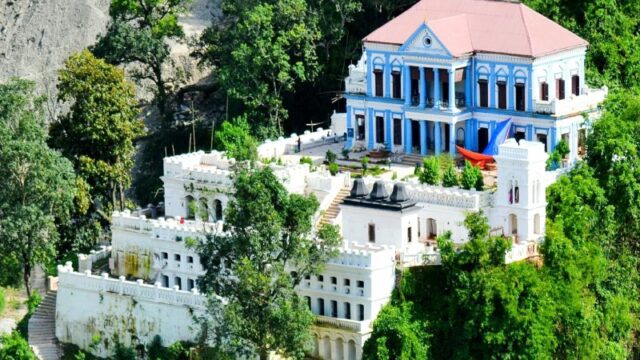Pokhara, renowned as Nepal’s tourism capital, continues to captivate visitors with its stunning natural beauty, rich cultural heritage, and a plethora of adventure activities. Nestled in the heart of the Himalayas, this enchanting city offers a unique blend of serene landscapes and vibrant cultural experiences, making it a premier destination for travelers from around the globe.
Scenic Beauty and Natural Attractions:
Pokhara is famed for its picturesque landscapes, featuring tranquil lakes, lush green hills, and panoramic views of the majestic Annapurna mountain range. Phewa Lake, the second largest lake in Nepal, is a focal point for tourists, offering boating, fishing, and lakeside relaxation. The reflection of the snow-capped peaks in the lake’s serene waters creates a mesmerizing vista that leaves visitors in awe.
The city’s natural charm is further accentuated by Devi’s Fall, a spectacular waterfall that plunges into an underground cavern, and the Seti River Gorge, a deep chasm carved by the Seti River. The World Peace Pagoda, perched atop a hill, provides a serene setting for meditation and offers breathtaking views of the city and the surrounding mountains.
Adventure Activities:
Pokhara is a hub for adventure enthusiasts, providing an array of thrilling activities. Paragliding over the city and the surrounding landscapes offers a bird’s-eye view of the Himalayas while zip-lining across the forests provides an adrenaline rush. The city’s proximity to the Annapurna range makes it a starting point for some of the world’s most renowned trekking routes, including the Annapurna Circuit and the trek to Annapurna Base Camp.
For those seeking water adventures, Pokhara offers opportunities for white-water rafting, kayaking, and stand-up paddleboarding on its rivers and lakes. The city’s varied topography also allows for mountain biking, rock climbing, and canyoning, catering to adventure seekers of all levels.
Cultural and Historical Significance:
Beyond its natural allure, Pokhara boasts a rich cultural heritage. The city’s old bazaar is a treasure trove of traditional shops, temples, and monuments that reflect Nepal’s diverse cultural tapestry. The Bindhyabasini Temple, dedicated to the Hindu goddess Durga, is a prominent spiritual site that attracts devotees and tourists alike.
Pokhara also serves as a gateway to the Gurung and Magar villages, where visitors can experience the local lifestyle, traditions, and hospitality. The International Mountain Museum in Pokhara provides insights into the history of mountaineering and the culture of the Himalayan people, enriching the cultural experience of visitors.
Tourism Infrastructure and Amenities:
As Nepal’s tourism capital, Pokhara is well-equipped with modern amenities and infrastructure to cater to the needs of international tourists. The city offers a wide range of accommodations, from luxury hotels and resorts to budget-friendly guesthouses and homestays. Numerous restaurants and cafes serve local and international cuisine, ensuring a delightful culinary experience for visitors.
The city’s thriving tourism industry is supported by well-developed transportation networks, including an airport that connects Pokhara with major cities in Nepal and beyond. Local tour operators provide guided tours and adventure packages, facilitating a hassle-free exploration of the region.
Upcoming Developments:
The government of Gandaki Province has announced ambitious plans to further enhance Pokhara’s appeal as a top-tier tourist destination. Initiatives such as the “Visit Pokhara – Revel in Nature and Culture” program aim to promote sustainable tourism and cultural exchange. Plans include the development of new tourist attractions, improved infrastructure, and collaborative efforts between public and private sectors to boost tourism-related activities.
Pokhara’s unmatched natural beauty, rich cultural heritage, and wide range of adventure activities solidify its status as Nepal’s tourism capital. As the city continues to evolve and expand its offerings, it remains a must-visit destination for travelers seeking both serenity and adventure in the heart of the Himalayas.





